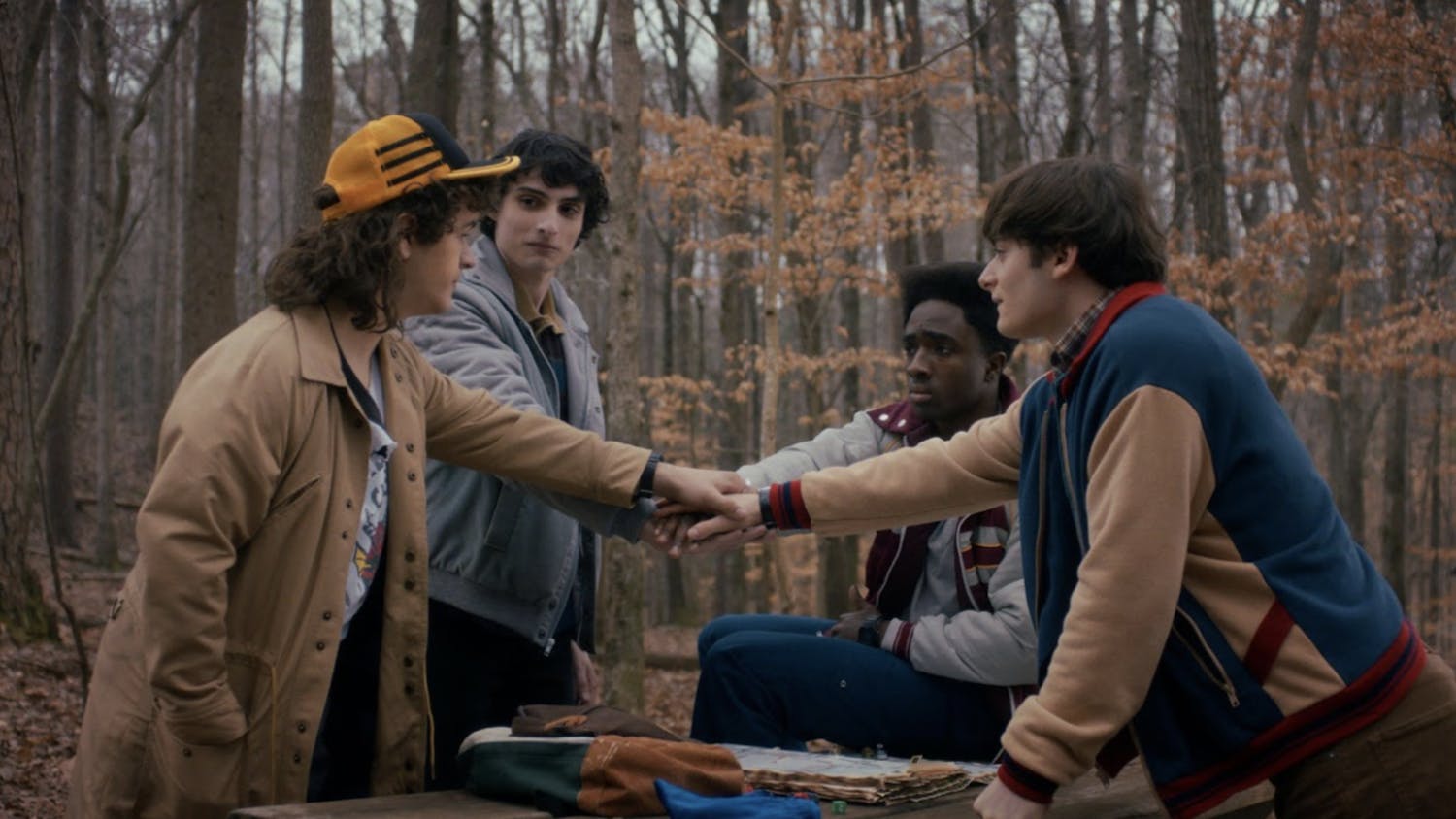By Amani Salahudeen
Staff Writer
Accurate representation in literature is essential for readers. Many organizations are pushing for books with more diversity so that readers can further identify with a wider array of characters. Books are the gateway to a world of imagination, and works that promote diversity can alter the reader’s perception of the characters.
Statistics show that diversity in young adult literature is on the rise. According to Diversity in YA, in 2014, mainstream publishers published 47 LGBTQ+ young adult books. That is a 59 percent increase from 2013, when only 29 LGBTQ+ YA books were published by mainstream publishers.
Although there has been progress, there is still work to be done. According to The Rumpus, nearly 90 percent of the books reviewed by The New York Times are written by white writers. That is not even remotely reflective of the racial makeup of this country, where 72 percent of the population, according to the 2010 census, is white.
“Often children are socialized, educated and raised in communities in which people are similar — similar in terms of race or class, similar in terms of religion or native language, etc,” said Emily Meixner an associate professor and coordinator of English secondary education program at the College. “Any book that invites students into a new place and introduces them to people, ideas and experiences unfamiliar to them complicates what they know.”
According to Meixner, books like “The Hate U Give,” “Simon vs. The Homo Sapiens,” “A Very Large Expands of Sea” and “Five Feet Apart” feature representation of people of color, LGBTQ+ characters, characters with different religions backgrounds and characters with illnesses, which helps establish their roles in mainstream society. When books have diversified representation, audiences becomes more socially aware and accepting.
“In each of these cases, readers encounter privilege and oppression and the effects of personal and structural violence on children and teens,” she said. “That’s powerful, which is why these books can provide solace as well as serve as a call to action.”
Although some might argue that there is enough representation of minorities in the media, research and the public’s demand for more diversity in books say otherwise. The fact that there has been an increase in diversity for YA literature from 2012 and 2014 is a step in the right direction, but the lack of diverse books in YA literature remains a cause for concern.
Readers of all different backgrounds should be able to find works that feature characters to whom they can relate.
Students share opinions around campus
“Does diversity in literature matter?”

management major.
“Yes. I feel like everyone should get to know different points of view.”

“Yes because it shows the progression of acceptance in our society.”







